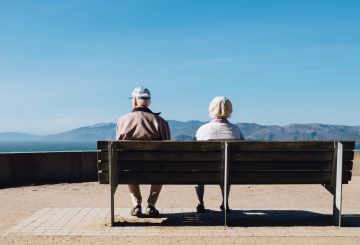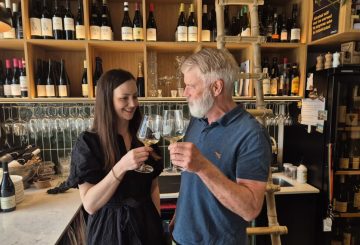盖伊·福克斯纪念日是11月5日星期六。由于许多人遵循自己点燃烟花的传统,新西兰消防局发布了安全使用烟花的规定。
该局表示,预计全国各地都将出现强风,因此今年人们应格外小心。最好将烟花表演留给专业人士。
但是,如果你坚持自己点燃烟花,以下是你需要知道的:
对的:
- 只能在自己的后院点燃烟花,不能在公共场所点燃烟花。违反此规定可能导致最高20,000美元的罚款。
- 在平静的夜晚点燃烟花,而不是刮风的夜晚。风会把火花变成大火。
- 附近放一桶水或水管,以防发生火灾。将所有用过的烟花都浸过水,然后再将其丢弃。
- 让你的邻居知道你的计划,并且让宠物呆在家里。
不对的:
- 不允许在公园点燃烟花。
- 如果你打算自己放烟花,请不要喝酒。
- 喷射口向上,而不是侧面。不要把它们指向其他人。
新西兰的某些地区有特定的规定:
- 在北部地区,卡里卡里半岛、阿希帕拉镇及周边地区禁止私人燃放烟花。该禁令的有效期为11月2日至明年4月30日。
- 在奥克兰,私人可以在一年任意一天的下午 5 点至晚上 10 点 30 分之间燃放烟花。与新西兰其他地区一样,公园和道路在内的所有公共场所都禁止燃放烟花。在篝火方面,必须先获得奥克兰市议会批准,才能在海滩和公园在内的公共土地上点燃篝火。在自己的财产上点燃篝火是违法的。
- 皇后镇湖区有几个全年禁火区。它们是皇后镇红、猪岛、艾伯特镇保护区和露营地、皇冠森林、铁山、鸽子岛和红宝石岛。
欲了解更多信息,或者如果你仍然不确定该怎么做,请访问 checkitsalright.nz。





























































